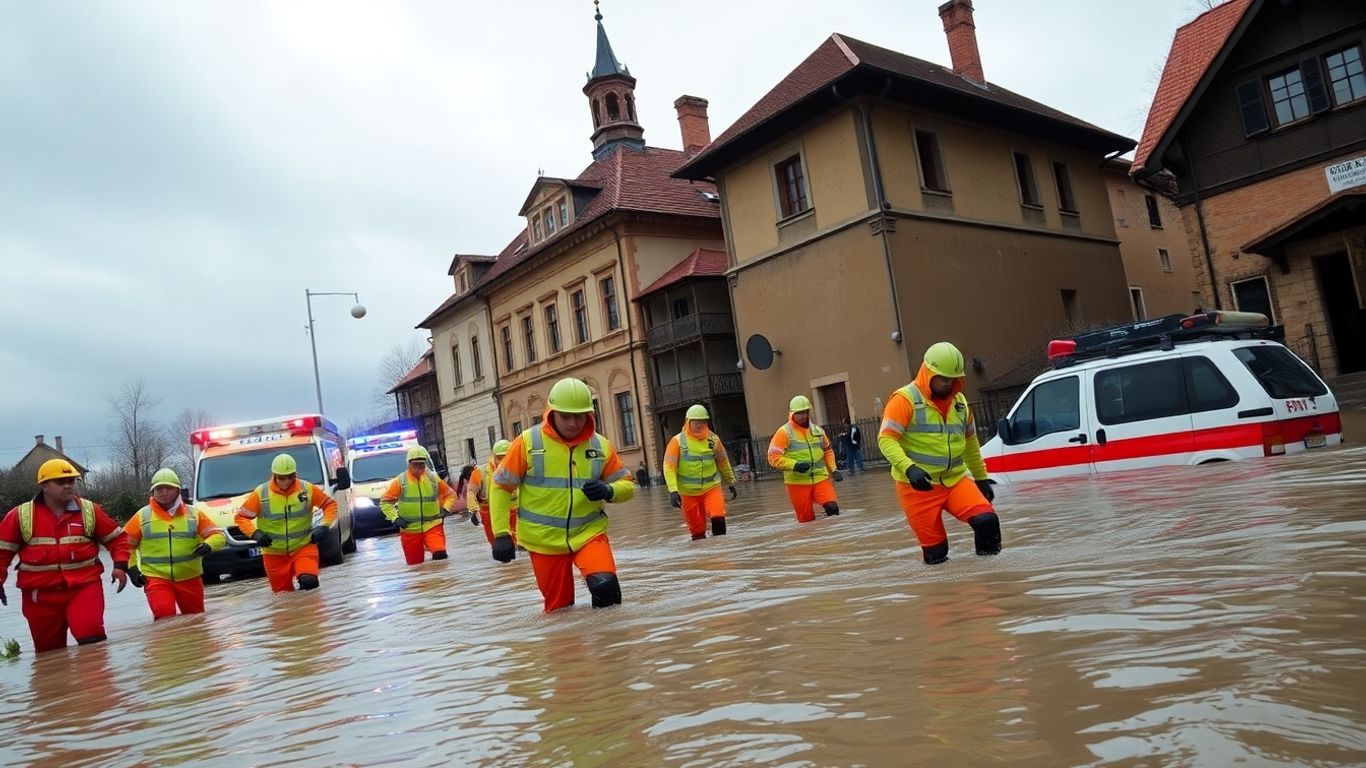In July, unprecedented flash floods devastated northeastern Romania after days of non-stop heavy rain, overwhelming communities and forcing emergency services into high gear. Hundreds were trapped in their homes, neighborhoods were left isolated, and rescue teams faced enormous challenges as rivers burst their banks and infrastructure collapsed.
Key Takeaways
- Coordinated emergency responses and early warning systems saved many lives.
- Over 1,200 responders, including helicopter crews, took part in major rescue missions.
- Swift action and preparedness significantly reduced casualties and facilitated recovery.
Emergency Services Mobilized for Largest Helicopter Rescue
Catastrophic scenes unfolded in Suceava County, where flood waters stranded 200 residents in the isolated town of Broșteni. Emergency personnel, led by Commander Marian Ruscan’s team, were the first on the scene despite access roads being blocked and communication lines down. After a night of daunting rescue attempts, five helicopters from the Ministry of Interior arrived at daybreak, enabling the largest helicopter evacuation in Romania’s flood history. In total, 110 people were airlifted from danger, and coordinated efforts saw rescue teams, mountain responders, and local volunteers unite to save hundreds.
Value of Emergency Preparedness
Romania’s investment in early warning systems and inter-agency coordination proved crucial. The RO-ALERT system sent instant weather alerts to those at risk, prompting many to evacuate before flood waters reached their homes. Local authorities also credit prior training and robust rescue protocols for minimizing casualties. While three lives were tragically lost, officials suggest that without such measures, the toll could have been far higher.
Restoring and Rebuilding Buhar Resilience
After rescue operations, the focus quickly shifted toward recovery. Teams were deployed to assess and stabilize damaged buildings, clear debris, and restore essential services. Over 310 volunteers joined recovery tasks, while authorities urged ongoing caution as some flood-damaged structures remained unsafe. Calls for heightened public awareness about weather alerts and climate adaptation were echoed by both emergency leaders and international partners.
Lessons for the Future: Climate Adaption and Collective Action
Experts underline this disaster as a stark reminder of the urgent need for robust emergency planning and increased resilience in the face of climate change. Effective responses, they argue, must include well-coordinated action across health, shelter, logistics, water, sanitation, and education sectors. As Europe faces more frequent extreme weather events, ongoing investment in preparedness will be key to protecting vulnerable populations.
Public Health Guidance for Flood-Prone Areas
- Avoid entering floodwaters or unstable structures; wait for professional rescue if stranded.
- Follow all instructions from local authorities and return only when areas are declared safe.
- Ensure all food, water, and utilities are safe before use, maintaining strict hygiene.
These steps, combined with clear communication and coordinated emergency efforts, form the backbone of protecting affected communities during natural disasters.
Further Reading
- Emergency preparedness saves lives amid Romania’s catastrophic floods, World Health Organization (WHO).






